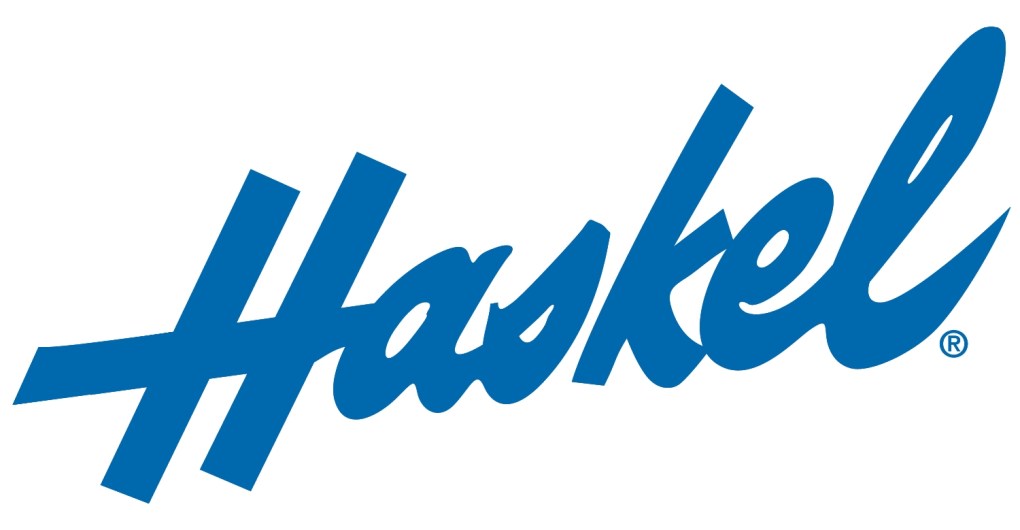Haskel gas boosters are used for boosting most all commonly available industrial gases. However, the gas should be “Dry Gas”, (no moisture content.) Some gases cannot be pumped with standard boosters, e.g. pure Oxygen or Hydrogen. Depending on the gas and application, e.g. Dry Gas Seal applications, some boosters will require special seals, materials of construction, venting, special cleaning and other considerations. Knowing the specific gas is also necessary to determine gas compressibility at the desired pressure. Compressibility is a factor used in calculating flow rates at different pressures or filling times into a vessel.
Gas Boosters are suitable for transfer and pressurization of:






